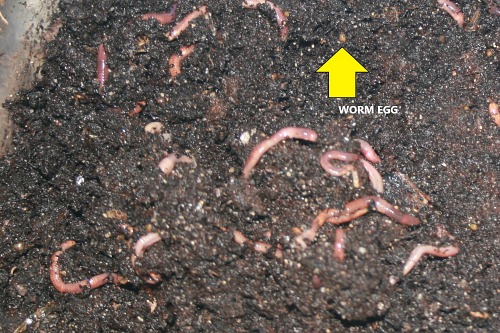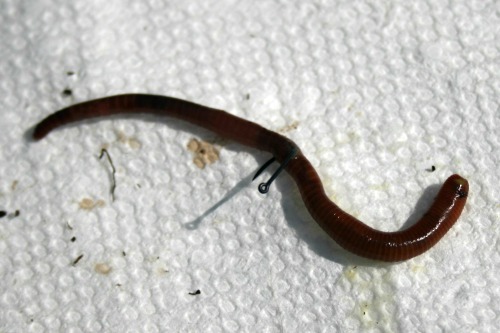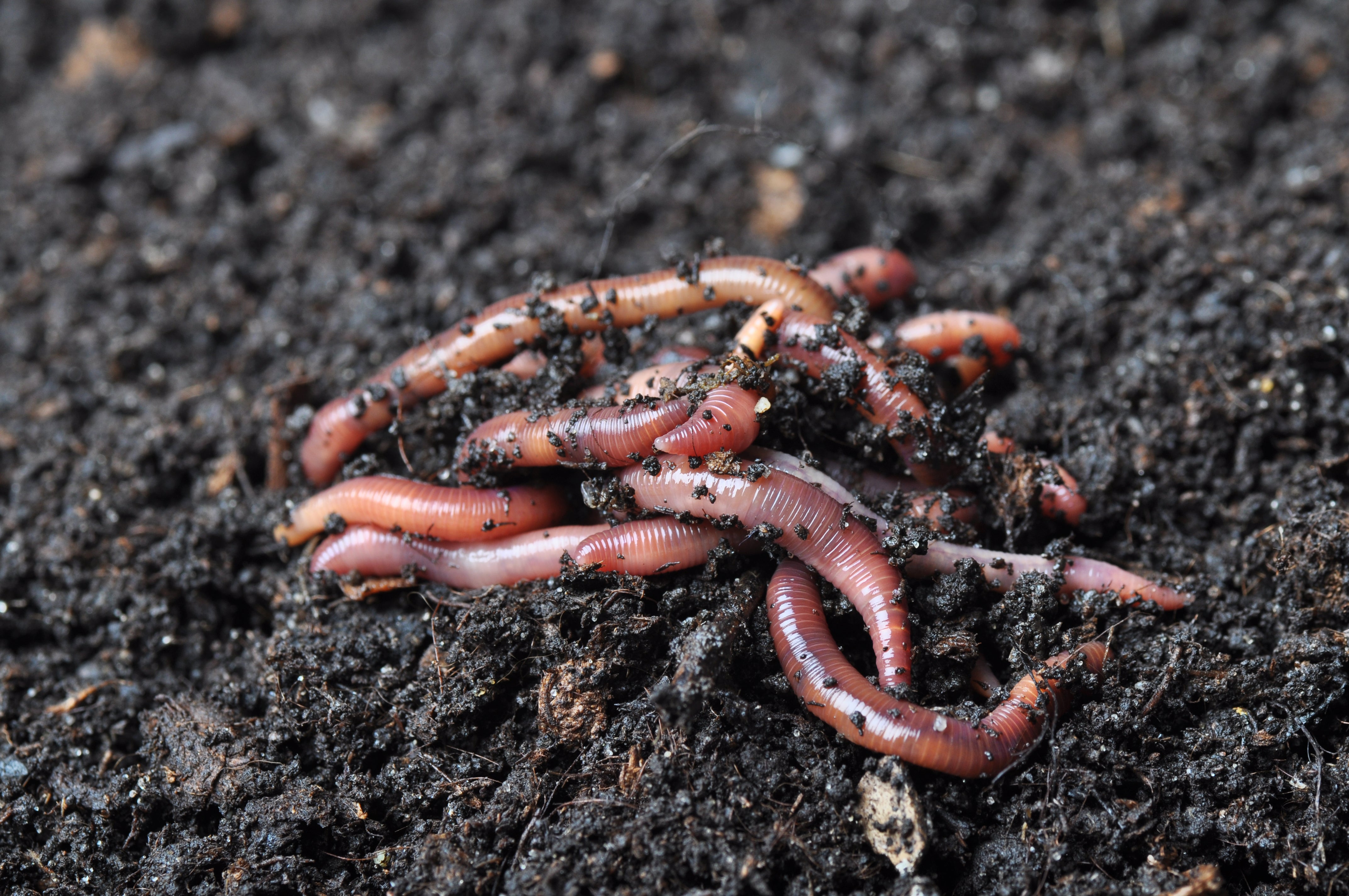Trust Red Wiggler Express for Reliable and High-Quality Lawn Care Options
Trust Red Wiggler Express for Reliable and High-Quality Lawn Care Options
Blog Article
Open the Keys of Red Wigglers: Your Overview to Composting Success
The integration of red wigglers into composting practices presents a substantial opportunity for boosting soil health and wellness and promoting sustainability. These microorganisms are not simply reliable recyclers of natural waste; they use a myriad of advantages that can change garden administration. Comprehending their requirements and habits is vital for enhancing their capacity, from establishing a suitable worm bin to feeding them the best materials. As we explore the essential components of effective vermicomposting, one could question exactly how these small creatures can bring about an extra lively and efficient garden ecosystem.

What Are Red Wigglers?
(Red Wiggler Express)Red wigglers, medically called Eisenia fetida, are a species of earthworm largely made use of in composting because of their remarkable capability to disintegrate raw material effectively. These worms are characterized by their reddish-brown pigmentation and a segmented body, commonly determining in between 3 to 4 inches in length. Unlike various other earthworm types, red wigglers thrive in abundant, organic atmospheres, making them perfect for vermicomposting systems.
Belonging To North America, they are usually discovered in decomposing leaves and compost heap, where they play a critical function in nutrient recycling. Their adjustment to living in a damp, aerobic atmosphere allows them to consume big amounts of organic waste, damaging it down right into nutrient-rich castings that improve dirt health.
Red wigglers duplicate swiftly, with a solitary worm capable of creating numerous cocoons each week, each including multiple hatchlings. Comprehending the biology and habits of red wigglers is necessary for optimizing their capacity in composting applications.
Advantages of Making Use Of Red Wigglers
Utilizing the power of red wigglers in composting provides many advantages that boost dirt health and promote sustainable waste management. These remarkable organisms efficiently break down organic issue, changing cooking area scraps and backyard waste right into nutrient-rich vermicompost. This completed product is remarkably helpful for plant development, as it enhances soil structure, increases dampness retention, and boosts vitamins and mineral schedule.

(Red Wiggler Express)In addition, the visibility of red wigglers in your composting system can speed up the composting process, generating top notch compost in a fraction of the moment compared to typical approaches. The castings generated by these worms are likewise including beneficial microbes that additionally enrich the dirt community.
Establishing Your Worm Container
Creating a reliable worm bin is an uncomplicated process that can dramatically improve your composting efforts. The primary step is choosing an ideal container. Worm bins can be made from plastic storage space bins, wood boxes, or commercially offered worm bins. Make sure the container has sufficient water drainage and ventilation openings to maintain ideal dampness levels and air movement.
Next, prepare the bed linen product, which serves as the worms' habitat. A mix of shredded paper, cardboard, and coconut coir functions well, giving a comfy setting for the worms.

Feeding Your Red Wigglers
To make certain the wellness and efficiency of your red wigglers, it is necessary to provide them with a well balanced diet plan that meets their dietary requirements. Red wigglers flourish on a varied selection of natural materials, which not just supply necessary nutrients however also advertise effective composting.
Start by including kitchen scraps such as veggie peels, fruit cores, and coffee grounds. Stay clear of citrus fruits, onions, and garlic, as these can be damaging to worm health. In addition, introduce shredded paper, cardboard, and completely dry leaves to develop a well-aerated atmosphere.
Feeding regularity ought to be checked; normally, worms can eat half their body weight in food weekly. It is vital to avoid overfeeding, as excess food can cause unpleasant odors and bring in insects. An excellent practice is to include food in percentages, permitting worms to process it before presenting more.
Preserving dampness levels is likewise vital; the bed linen needs to be damp however not soaked. Be certain to routinely inspect the temperature level and pH degrees of the container to guarantee an ideal atmosphere for your red wigglers, inevitably boosting their composting efficiency.
Harvesting and Using Compost
A successful composting process with red wigglers finishes in the abundant, dark garden compost referred to as vermicompost, which can considerably improve soil health and plant development. Collecting this nutrient-dense product normally occurs every 3 to six months, depending on the size of your system and the quantity of natural matter being processed.
To collect, delicately separate the compost from the worms and any kind of undecomposed products. One efficient technique entails relocating the materials of the container away and adding fresh bed linen and food to the void, urging the worms to move. After a few days, the garden compost can be accumulated from the opposite side.
It is important to utilize vermicompost appropriately to maximize its benefits. It can be made use of as a top clothing for garden beds, mixed right into potting soil, or made into a nutrient-rich fluid fertilizer referred to as "worm tea." This application approach helps to supply necessary nutrients directly to plant origins, promoting much healthier growth. By including vermicompost into your horticulture regimen, you not just recycle natural waste but additionally create a growing environment that supports sustainable horticulture practices.
Conclusion
In summary, red wigglers function as remarkable allies in composting initiatives, changing organic waste into nutrient-rich vermicompost (Red Wiggler Express). Their special organic qualities and effective waste handling capabilities contribute substantially to lasting horticulture practices. By comprehending the optimum problems for their habitat, feeding requirements, and compost harvesting methods, garden enthusiasts can boost soil health and see this page promote plant vitality. Accepting vermicomposting not just lowers landfill waste but also promotes a much more ecologically liable strategy to horticulture and resource management.
Report this page